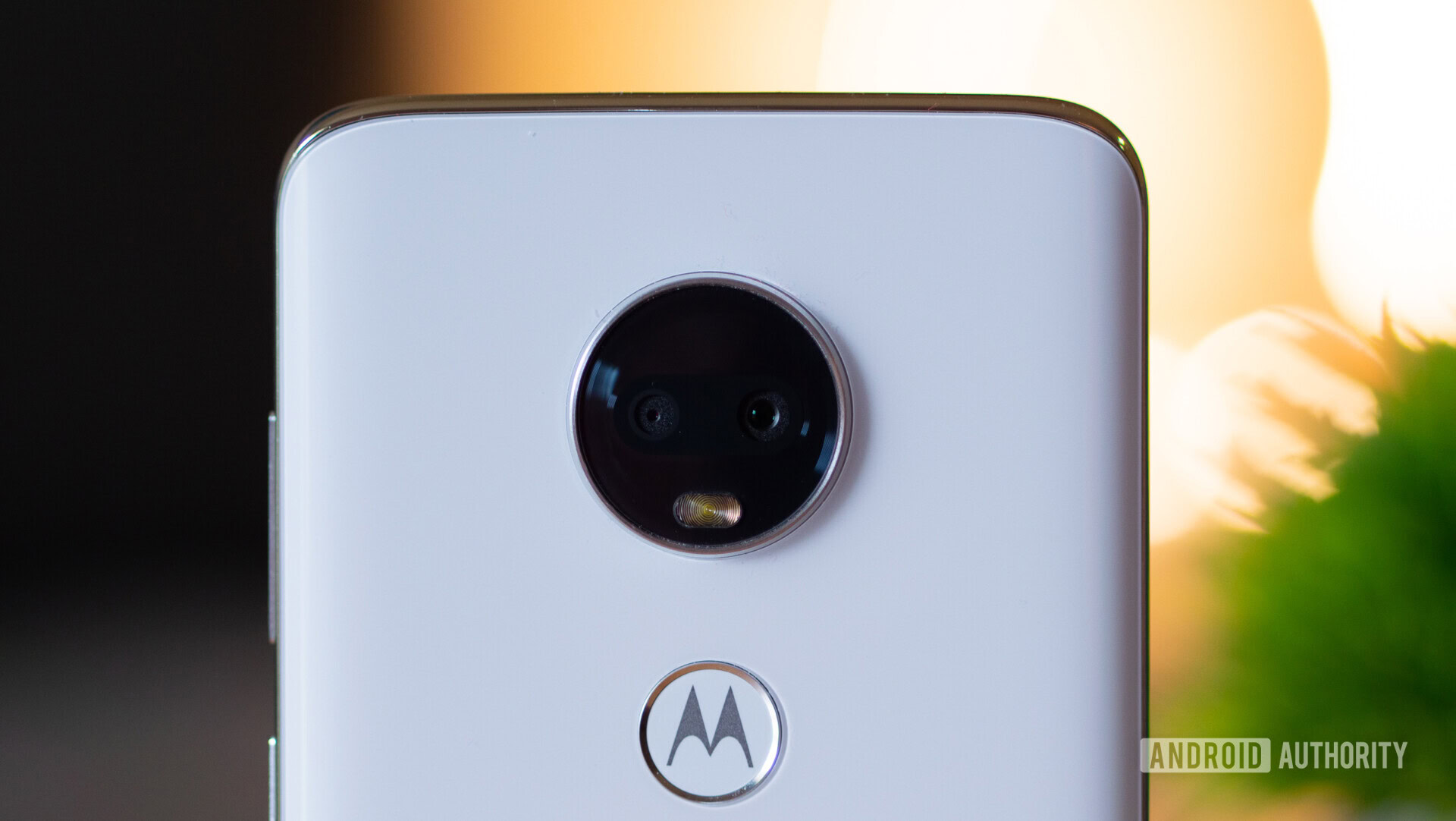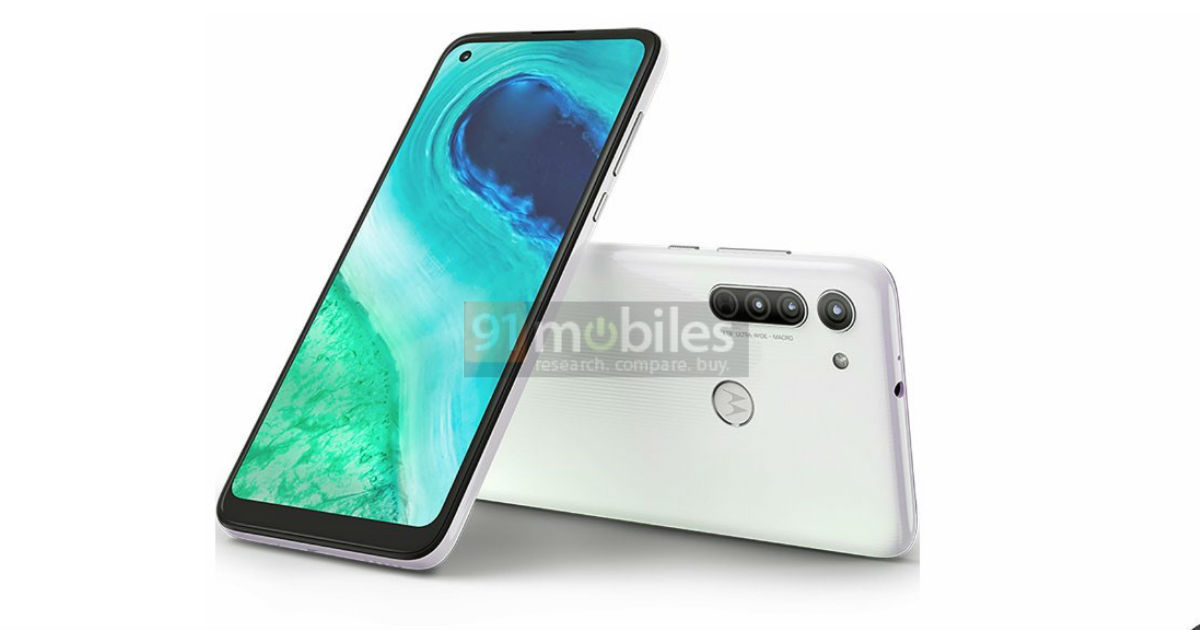Affiliate links on Android Authority may earn us a commission. Learn more.
Motorola Moto G8, G8 Power, G8 Stylus renders surface online (Updated)

Update, February 6, 2020 (3:38 PM ET): Thanks to leaker Evan Blass (@evleaks), we just caught a possible glimpse of the entire upcoming Motorola G8 lineup. This is the second design leak we’ve seen regarding these handsets. Blass’ image of the vanilla G8 backs up the previously leaked render as seen in the article below.
These pictures give us a look at both the front and back of the apparent Moto G8, G8 Power, and G8 Stylus. There are camera cutouts in the upper left-hand corner of each screen, vertically stacked triple-camera setups, and what appears to be rear fingerprint scanners embedded in the Motorola logos.

For the most part, the camera sensors appear to be quite similar between the G8 and the G8 Power — if not identical. These two devices feature labels showing off the 118-degree ultra-wide and macro lenses. The G8 Stylus, on the other hand, advertises its 48MP main sensor a 117-degree “action cam.”
Other than that, the only real differences between the design of the devices appear to be the different white, black, and purple colorways, as well as the varying chin sizes — with the standard G8 touting the chunkiest of the bunch.
Unfortunately, we still haven’t seen any rumors about the G8 Stylus’ specs or features. It also looks like the Moto G8 Power popped up on Amazon only for the listing to be pulled before the time of publishing.
As is the case with all leaked renders, nothing is for certain, so take this information with a grain of salt.

Original article, January 28 2020 (2:46AM ET): We’ve seen the Moto G8 Play and G8 Plus make their debuts late last year, but the brand seems to have kept the vanilla Moto G8 tucked away until 2020.
Fortunately, XDA-Developers has just uncovered what it says are details related to the Moto G8 and G8 Power. A “trusted source” told the outlet that the two phones share several features, such as a punch-hole display, physical fingerprint scanners possibly embedded in the rear Motorola logo, a Snapdragon 665 processor, and Android 10.
Otherwise, the Moto G8 is slated to come with a 6.39-inch HD+ LCD screen, 2GB to 4GB of RAM, 32GB or 64GB of storage (no word on microSD support), dual-SIM support for some variants, but no NFC. The phone is also said to offer a 4,000mAh battery with 10W charging, making for a hefty upgrade over the Moto G7’s 3,000mAh pack (although it had 15W charging).
The vanilla Moto G8 is tipped to feature a triple rear camera combo, featuring a 16MP f/1.7 main camera, 8MP f/2.2 ultra-wide shooter (118 degree field of view), and 2MP f/2.2 macro sensor. An 8MP camera in a punch-hole cutout is said to be available for selfies.
The Moto G8 on steroids
Looking for a little more oomph? Then the Moto G8 Power might be for you then, as it could offer only one variant (4GB/64GB), a 6.36-inch FHD+ LCD screen, and dual-SIM support in some regions. Staying true to the Power line-up, the Moto G8 Power is expected to offer a 5,000mAh battery with 18W charging. This would line up with an earlier FCC filing for a Motorola phone with a 5,000mAh pack.
Motorola’s Power device is also said to have an identical camera layout compared to the vanilla G8, save for the addition of a fourth, 8MP sensor. There’s no word what type of sensor this is, but we’re guessing it’s either a depth sensor or potentially a telephoto camera (telephoto sensors are usually restricted to higher end phones though). Selfies are apparently handled by a 25MP snapper.
Related: Moto G Power and Moto G Stylus hands-on: Moto’s remarkable mid-rangers
There’s no word on pricing or availability, but hopefully it’s competitively priced to take on Nokia and Samsung in the US and Xiaomi, Huawei, and others globally.